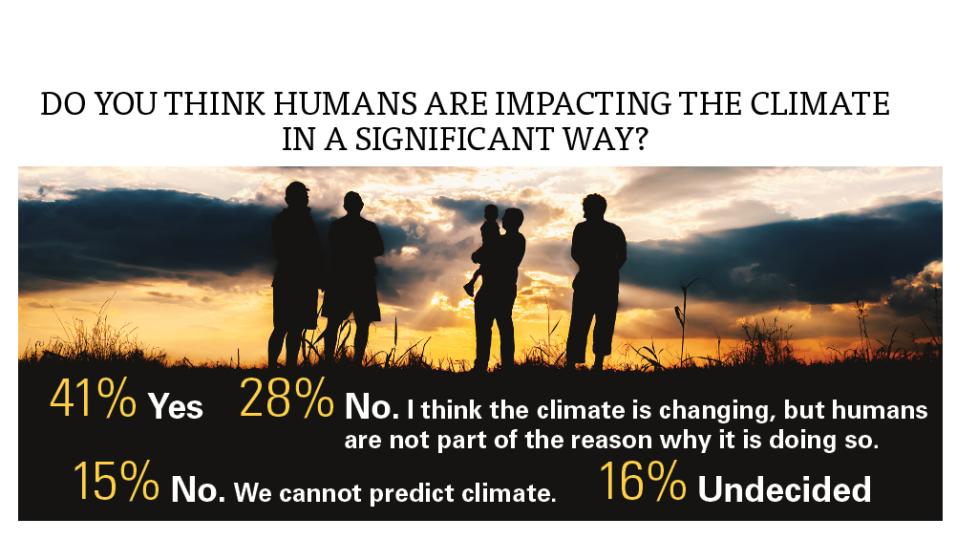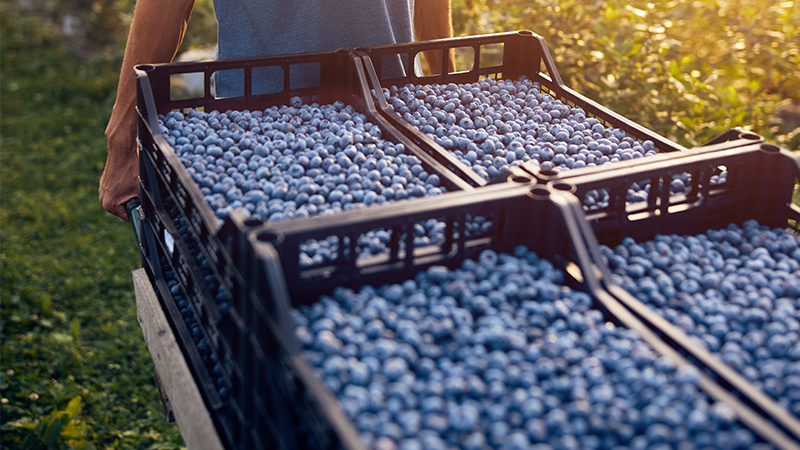Climate Change Still a Hot Topic for Most Fruit and Nut Growers
There is no real movement on either side on the cause of climate change among growers’ overall opinions, according to results of American Fruit Grower’s annual State of the Industry survey, as growers — as they have in past years — remain almost evenly split.
If anything, growers’ positions are getting more entrenched, judging from the sarcasm on display in their responses.
“It is called weather, human impact is so minuscule it is irrelevant,” one says.
Counters another: “What kind of dumb question is this? What’s next? Do you think lead is toxic to humans?”
The entrenchment of the two sides became clear when so many such responses of this kind came in. However, there are certainly numerous responses in which people offered a more thoughtful opinion. First, this thought by a grower on the ‘No’ side typifies several responses, that the climate just is what it is.

“You can predict climate. It is the average weather for a given area at that time of year. We are seeing occasional weather extremes, but no different than what you expect for Pennsylvania,” one says. “Sometimes it gets really cold or snows a whole lot in the winter. Sometimes it gets really hot or has a drought in the summer. Usually some hurricane remnants come through, and sometimes one has really heavy rain/high wind.”
On the ‘Yes’ side, many of the responses state there’s no way billions of people and the associated emissions from vehicles, power plants, etc. could be expected to have no influence on the climate. However, some of these responses suggest the issue can’t be solved quickly or easily.
“The American public wants what it wants when it wants without having to worry about how their actions affect anyone else. Our current government policies subsidize inefficient energy production (solar, wind) at very high costs to the taxpayer,” the grower says. “We need to be realistic about how fast we can transition from fossil fuels to other forms of energy and the sources and costs of mining lithium and other rare earth minerals.”









